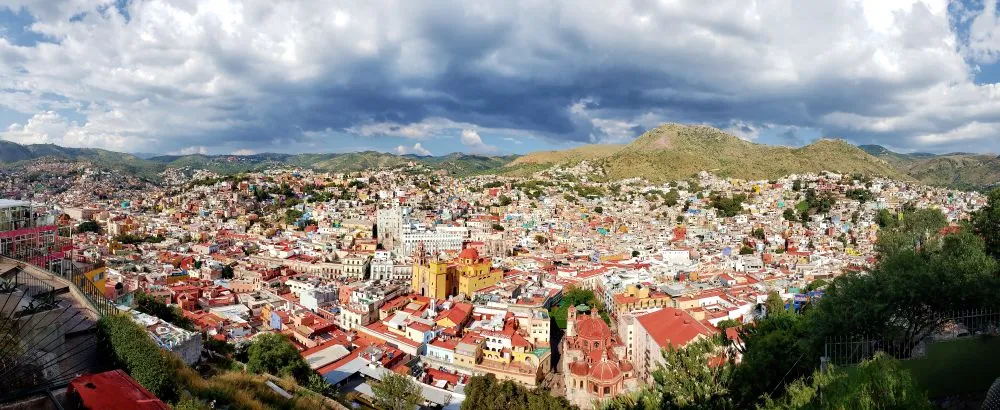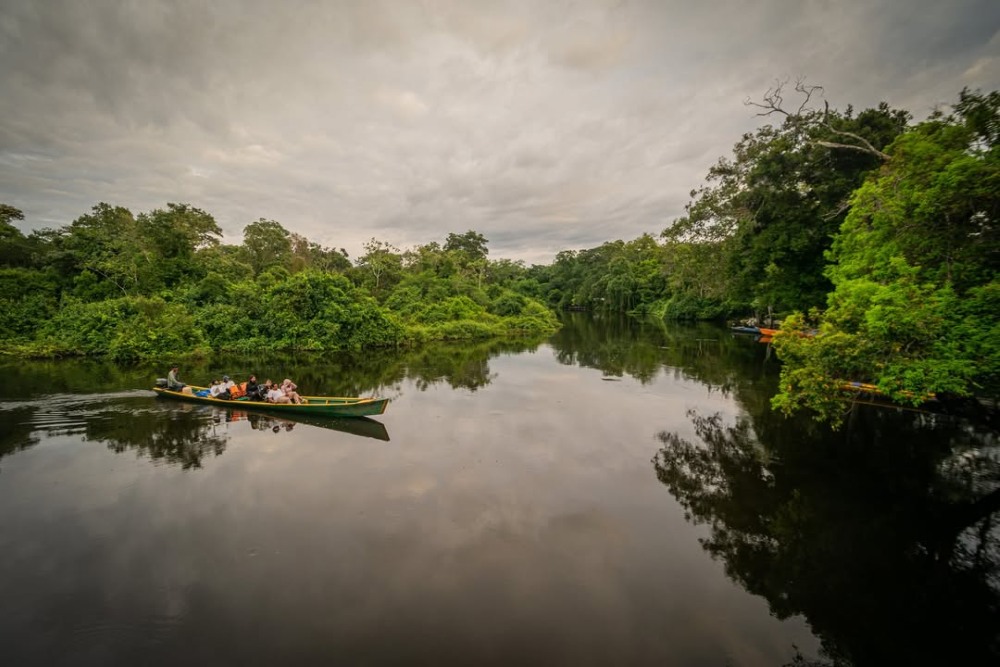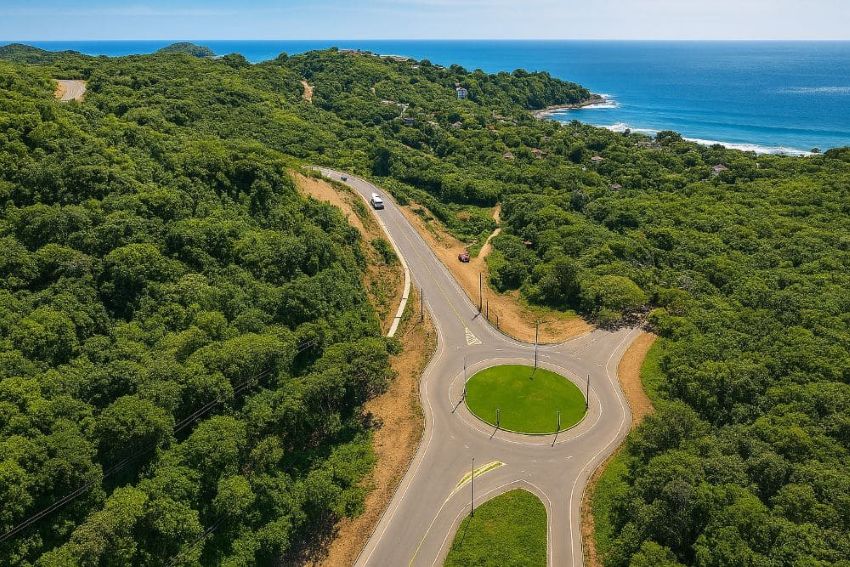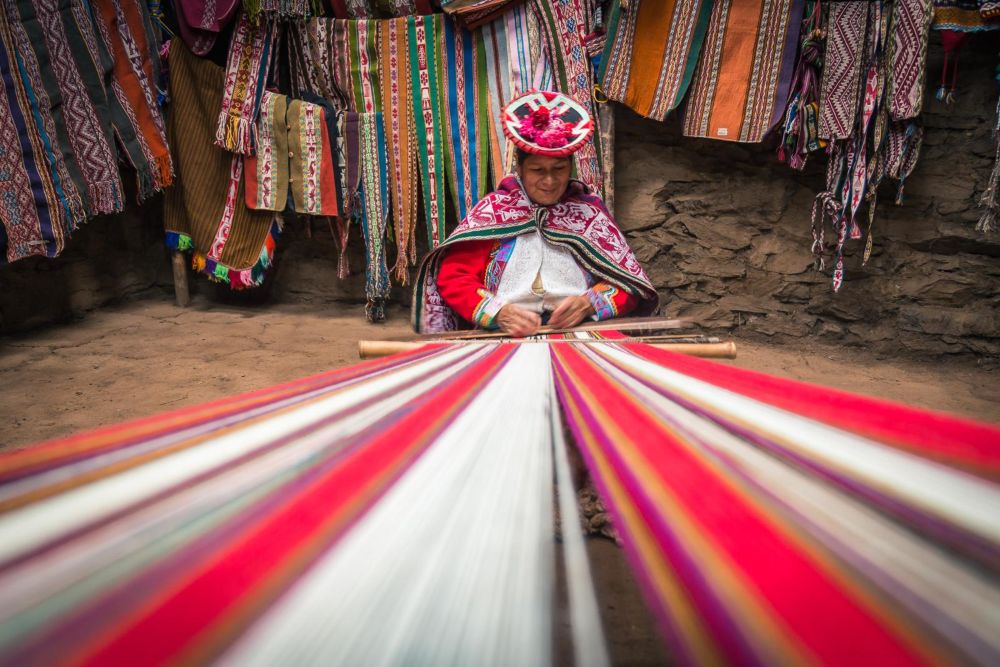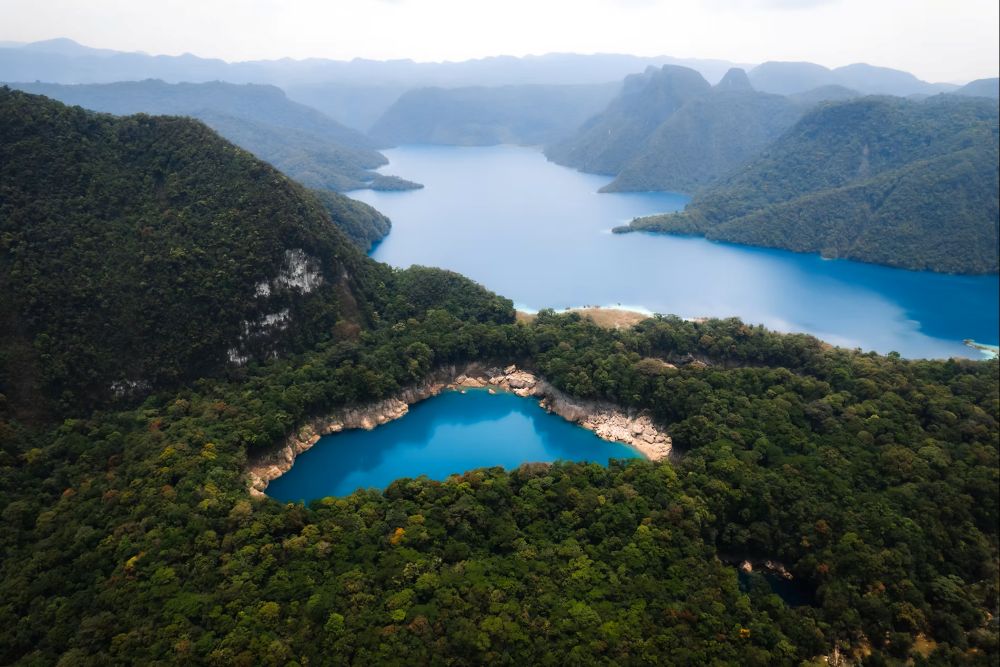Nestled between hills and orange-tiled rooftops, Guanajuato is a city where history isn’t confined to display cases. Its streets—filled with mummies and tales of tragic love—invite visitors to get lost in their preserved colonial beauty. Recognized as a UNESCO World Heritage Site since 1988, this former mining city in central Mexico offers a genuine journey into the heart of the country’s soul.
A city built between mines and hills
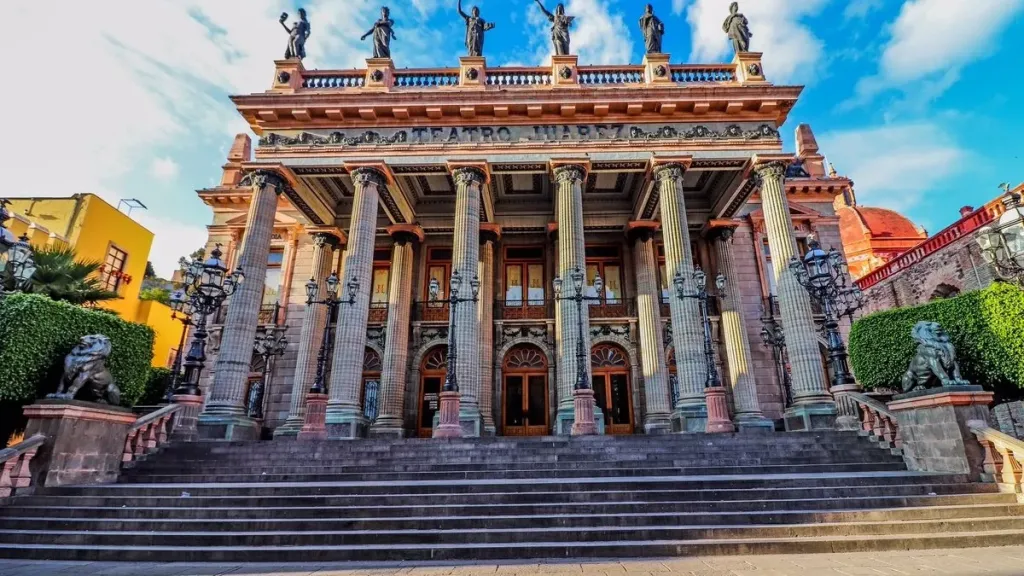
Thanks to the richness of its veins, Guanajuato became the world’s leading center for silver extraction in the 18th century. That splendor still lives on in the architecture of its historic center: baroque churches like San Diego and the Basilica of Our Lady of Guanajuato, elegant plazas such as the Jardín de la Unión, and the majestic Juárez Theater—opened in 1903 and adorned with eight muses inspired by classical Greek art.
Wandering through the city center means navigating a maze of cobblestone alleyways, flower-covered balconies, and tunnels that snake beneath the streets. This is no metaphor: the underground network, originally built to manage flooding, now forms part of the city’s road system and gives Guanajuato a unique character.
Between callejoneadas and legends
Guanajuato is more to be lived than visited. One of its most iconic traditions is the callejoneada: a nighttime walk led by student music groups who guide travelers through the city’s alleys with songs and popular tales. These oral legends—passed down for generations—come alive with every step and every note. Tales of forbidden love, ghostly miners, and ancient pacts shape the local imagination.
Among the city’s most famous alleyways is the Callejón del Beso (Alley of the Kiss), home to a legend often described as Mexico’s version of Romeo and Juliet. Ana, a young woman from a noble family, and Carlos, a modest miner, fell in love and secretly met from their balconies, so close they could touch. One day, Ana’s father caught them, and in a fit of rage, stabbed his daughter, who died in Carlos’s arms. Since then, couples who kiss on the third step of the alley are said to enjoy seven years of happiness in love. As strange as the link between tragedy and luck may seem, a kiss on those steps remains an unforgettable memory.
Museums of history—and more
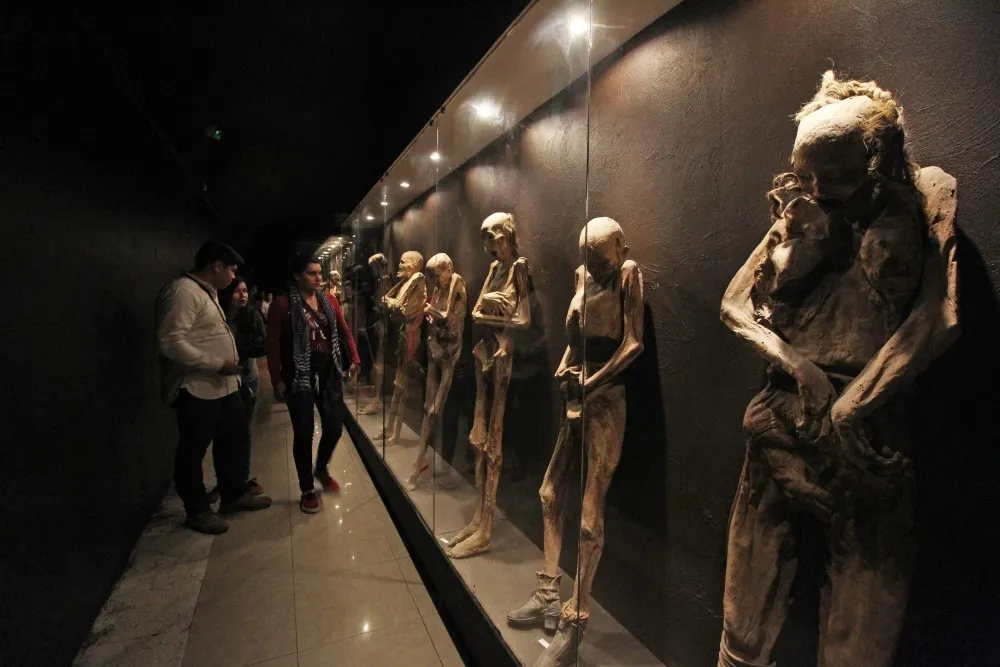
Guanajuato is home to one of Mexico’s most unusual museums: the Mummy Museum. More than 50 naturally mummified bodies—exhumed from the municipal cemetery—are on display. The region’s unique soil and climate allowed for natural mummification, preserving skin, hair, and even clothing. Some of the most famous mummies include the “world’s smallest mummy” (a fetus) and the “traveling mummy,” exhibited in international museums. Not for the faint of heart, but certainly an experience unlike any other.
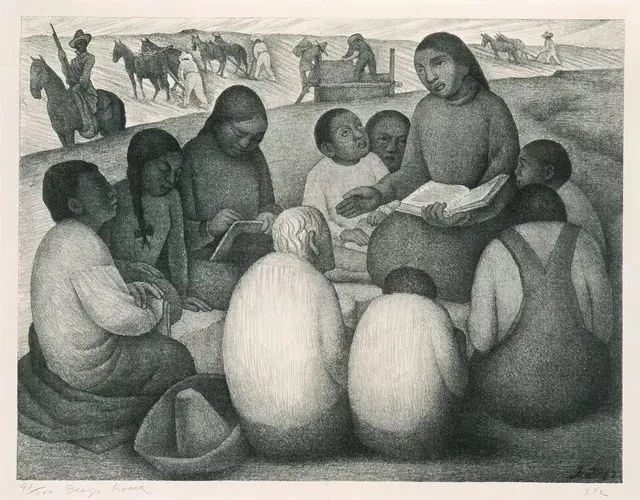
More traditional, but no less significant, is the Diego Rivera House Museum, located in the muralist’s birthplace in the historic center, just steps from the Juárez Theater and the University of Guanajuato—one of the oldest and most prestigious in the country. The museum showcases original works and personal belongings of the artist. For history enthusiasts, the Alhóndiga de Granaditas—a key site in Mexico’s independence—offers a deeper look into the nation’s foundations.
Our article: 7 Must-See Museums in Latin America
A postcard from above
Climbing to the Pípila Viewpoint is nearly a rite of passage. From this overlook, the city unfolds in a patchwork of colorful houses clinging to the hillsides. At the foot of the monument to El Pípila, a hero of independence, it becomes clear why Guanajuato has long inspired writers, filmmakers, and travelers alike.
Art and culture every October
Beyond the iconic Day of the Dead celebrations, Guanajuato hosts the annual Cervantino International Festival, one of Latin America’s largest cultural events. Born in 1972 as a series of open-air performances of Cervantes’ Entremeses, the festival now brings together artists from around the world for nearly three weeks each October—filling plazas, theaters, and streets with dance, music, theater, and exhibitions.
Flavors that tell stories

Local cuisine is full of soul. Enchiladas mineras—tortillas filled with cheese or chicken, topped with red sauce and served with potatoes, carrots, and pickled chilies—pay tribute to meals prepared by miners’ wives. To cool off after a day’s walk, try a caldo de oso (“bear broth”), a spicy and refreshing drink made from lemon juice, cucumber, onion, chili, and jicama. And for dessert, the tumbagones—fried ring- or spiral-shaped pastries made with flour, egg, anise, and lard—are generously sprinkled with sugar and sometimes cinnamon.
Guanajuato doesn’t need to reinvent itself to stay relevant—it thrives by remaining true to its essence. Every corner reflects a city that has preserved its identity without disconnecting from the present. Its richness lies not only in what it shows, but in how it shares it: a culture that is lived, celebrated, and continuously reinterpreted. Visiting Guanajuato means experiencing a version of Mexico that refuses to become a cliché. It still walks, sings, cooks, and tells stories—without ever needing to explain itself.
Photos: Secretario de Turismo de Guanajuato | Museo de las Momias de Guanajuato | Mexico Desconocido | DR

